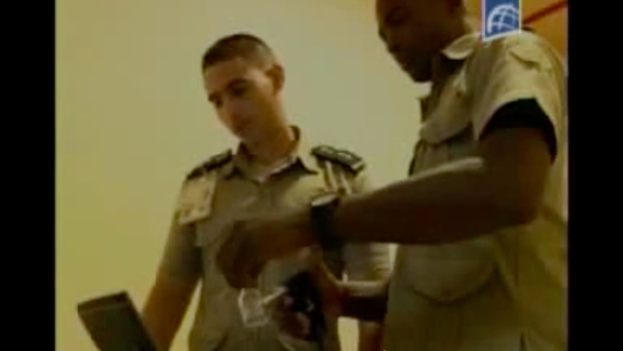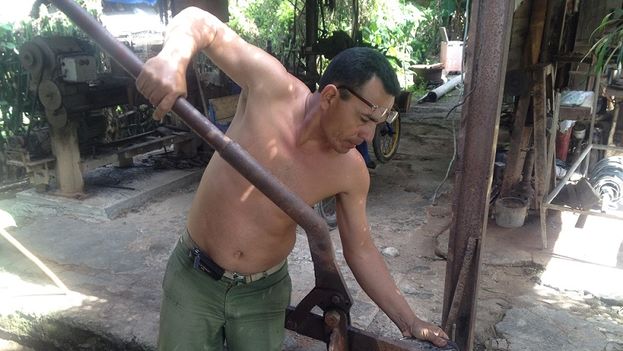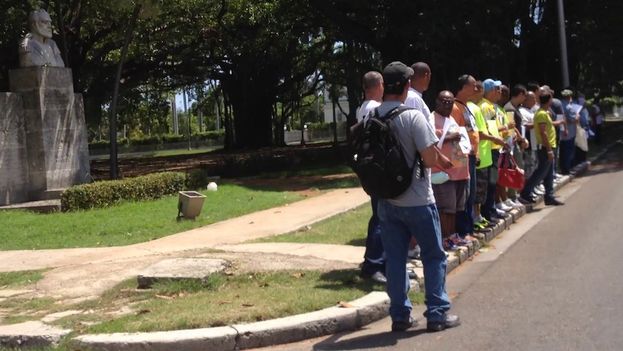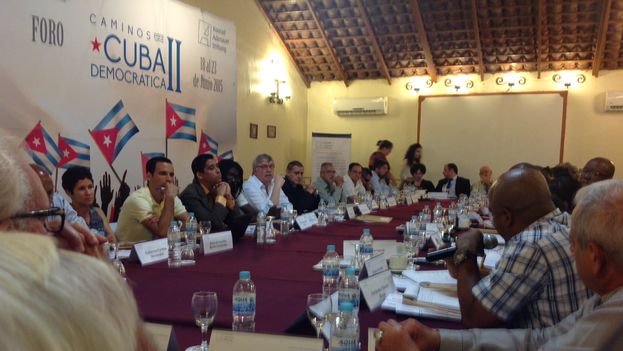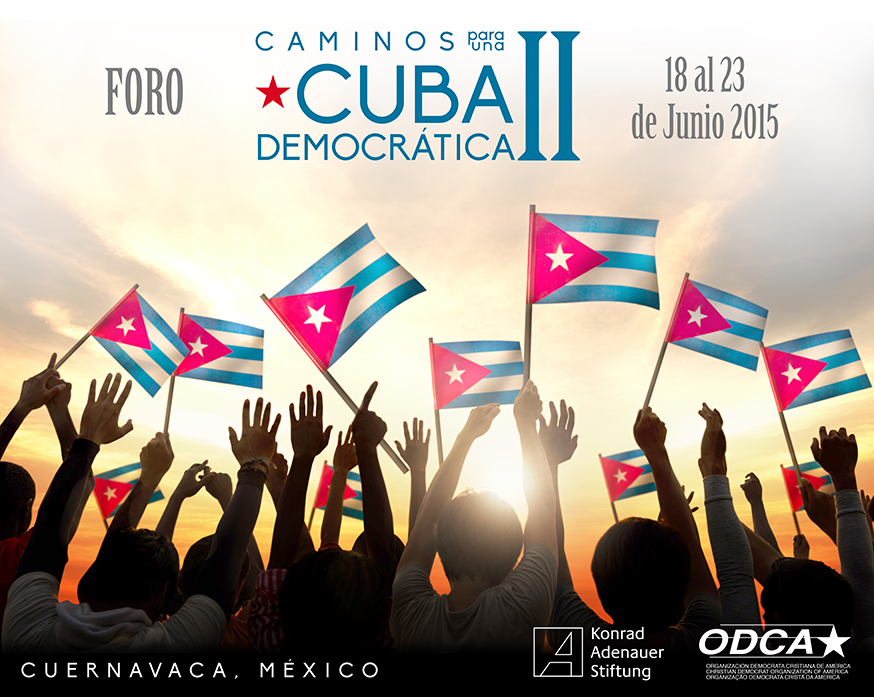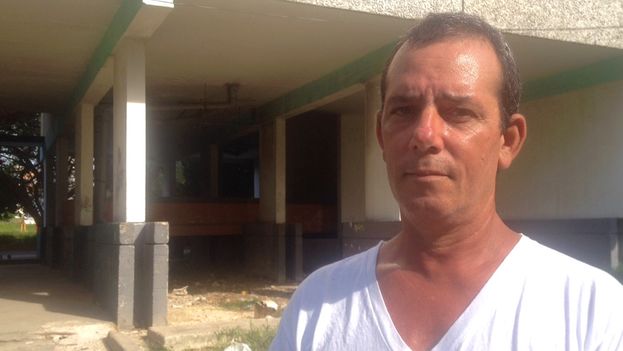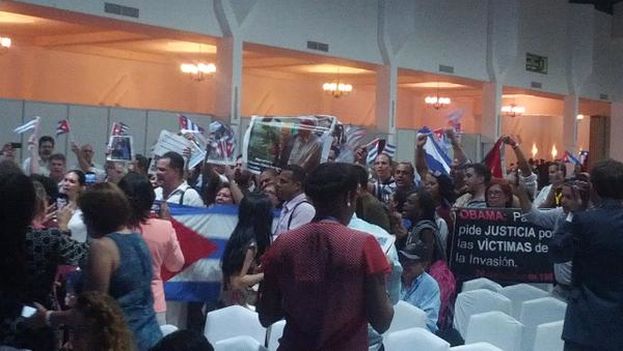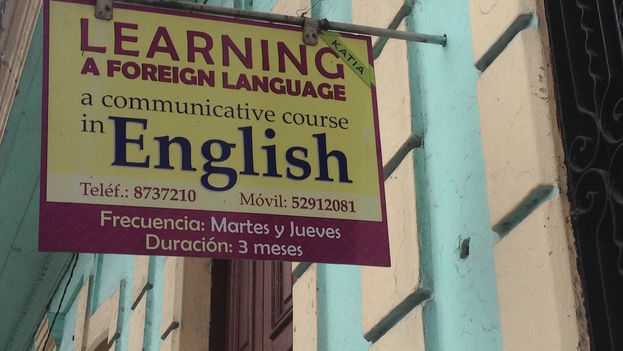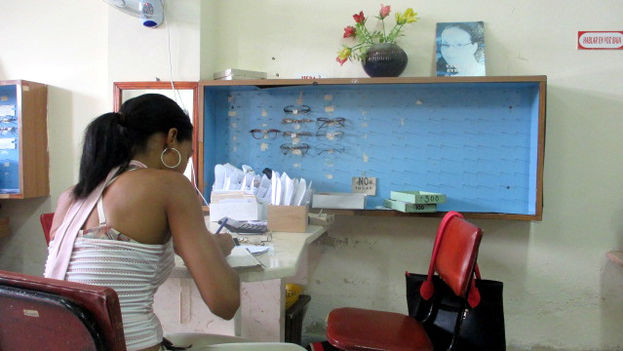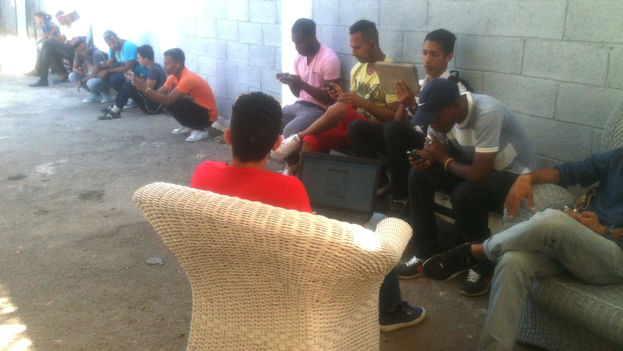Some men in civilian clothes who were a part of the operation detailed it for the curious, “He was the nephew of Vladimiro Roca.” The information would take hours to be refuted, and many still don’t understand that the false suicide hid a raid to keep Lazaro Yuri Valle Roca from going out to do his work as an independent journalist. The bad taste with which the political police handled the matter, lying about the death of a man, competes in this case with the abuse of his rights. continue reading
Last Saturday, the reporter and activist sent a letter to representatives of the Inter American Press Association and Reporters Without Borders. It not only condemned the repression suffered by him, but also that against the “Ladies in White, opposition activists, journalists, bloggers, independent journalists and photojournalists committed to the struggle for civil rights.”
Friday, 14ymedio spoke with Valle Roca at his home to learn the details of his situation and the reasons that led him to write that letter.
14ymedio/Luz Escobar. When did the harassment against you begin?
Lazaro Yuri Valle Roca. Starting from when I begin to cover the news about the Ladies in White and I captured on video the arrests and beatings they received every Sunday. Starting from that moment I have been subjected to beatings, they have beat me on the legs and one time they fractured a rib. And State Security officials have told me very clearly, we do not want you to go to go to Santa Rita Church anymore, we do not want to see published any more images or recordings under your name, YuriTv, we don’t want you to put anything else on YouTube.”
14ymedio/Ruiz. The worst moment?
Valle Roca. On May 9, they threw me in a car here at Avenues 26 and 41. It was about ten at night. I had gone out to buy cigarettes. Later was the eighth Sunday of repression for the Ladies in White, who woke up in my apartment surrounded. From two in the morning there were police there and they justified their presence by telling the neighbors I had hanged myself. In reality, I was inside the house with two Ladies in White, as it was easier to get to Santa Rita Church from here. So we were going to go together.
14ymedio/Ruiz. Was it very hard to hear the news of your “own death” from the mouths of others?
Valle Roca. I see that as the story of “a death foretold.” I found out because the journalist Reinaldo Escobar called to ask what was going on. He said he was concerned because he had got the news from someone who passed by and asked. After the statements I gave him, then Radio Martí also called me and countless people, but it was all false.
14ymedio/Ruiz. And last Sunday you were again a victim of repression?
Valle Roca. The political police intercepted me on 28th Street between 7th and 9th in Playa. It was a very spectacular arrest; without explaining the reasons, I was immobilized, handcuffed and they threw me back of the car. After several turns they took me out in Coyula Park and put me in another car with four other men. When I figured out where I was I was in Villa Marista [a State Security prison]. Where I was warned by a senior official, and finally they took me in a car to a deserted grassy area.
He put the gun to my head and then kicked me in the side and told me, “You already know what’s going to happen to you.”
The one on my right got out, opened the door and drew his weapon. He put the gun to my head and then kicked me in the side and told me, “You already know what’s going to happen to you.” They got in the car and from there threw me my cellphone and backpack. I got out and tried to orient myself until I managed to reach Via Blanca where, thank God, a truck stopped for me. The driver asked if I’d been left stranded and I made up a story about having been assaulted, I thought if I told him the truth he would be afraid. He left me off near Sports City.
14ymedio/Ruiz. How did the idea come up to write a letter?
Valle Roca. I didn’t do it for me but for all my fellow journalists who are suffering the same thing. For example, for Enrique Díaz and Vladimir Turró Páez who are also being threatened with death. We want to document all these allegations of threats on video, a video with all the journalists who are in danger. Journalists in similar situations include Agustín López Canino, Juan González Febles, Luis Serafin, Rubén Dario Garcia and Angel Moya, who make videos and also bring to light a lot of information about the Ladies in White. It’s for all of them that I wrote the letter.
14ymedio/Ruiz. Has the repression limited the work of independent journalists?
Valle Roca. Not at all, we continue working. They believe they’ve discredited us a little, but we continue denouncing what goes on. When I can’t leave my house, I report by phone, and Antonio Gonzalez Rodiles is also collecting testimonies. Of course, sometimes they affect us because they take our cameras or phones and they erase all the recorded contents, but we continue to work.
They believe they’ve discredited us a little, but we continue denouncing what goes on
14ymedio/Ruiz. What journalistic techniques do you use in your work?
Valle Roca. Especially photography and video. I film and shot photos with my cellphone. Then I have to edit and convert them for uploading. I edit them in Adobe Premier.
14ymedio/Ruiz. What reaction do you expect to your letter?
Valle Roca. That solidarity with reporters will increase and that there will be a statement to help us to continue to make known what is happening and that a commitment on the part of the government is achieved. I feel as if I were a war reporter, under constant threat.
14ymedio/Ruiz. Do all your neighbors now know that the suicide story was a lie?
Valle Roca. They have been very supportive. With our humor, we Cubans can laugh at anything. Now in the neighborhood they call me “the hanged man.” That Sunday on the underground lottery played in our area the numbers that came up were 79, which is exactly “hanged man,” and 7 which is “shit and police.”
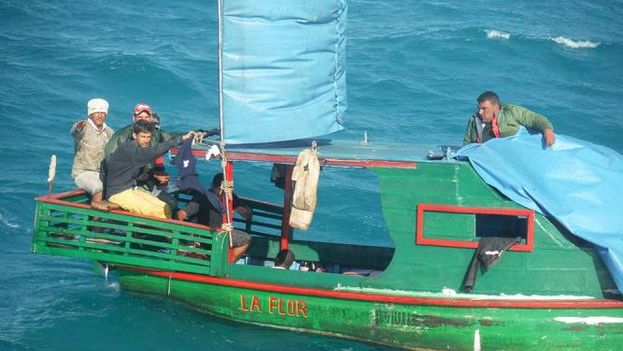
![]() 14ymedio, 23 June 2015 — A total of 2,796 Cubans have tried to or have arrived in the United States by the maritime route in the first eight months of the 2015 fiscal year, according to figures from the US Coast Guard (USCG) published by Martí Noticias.
14ymedio, 23 June 2015 — A total of 2,796 Cubans have tried to or have arrived in the United States by the maritime route in the first eight months of the 2015 fiscal year, according to figures from the US Coast Guard (USCG) published by Martí Noticias.

